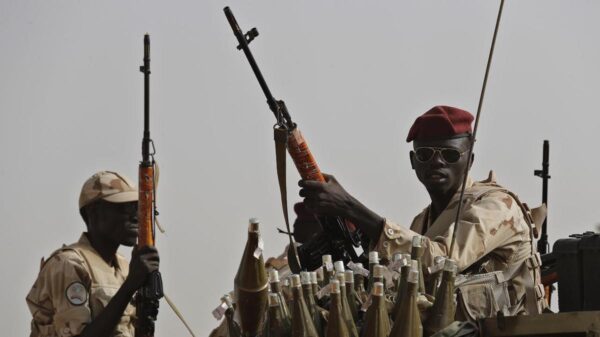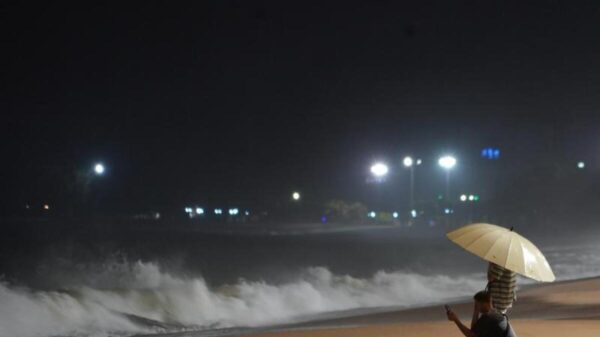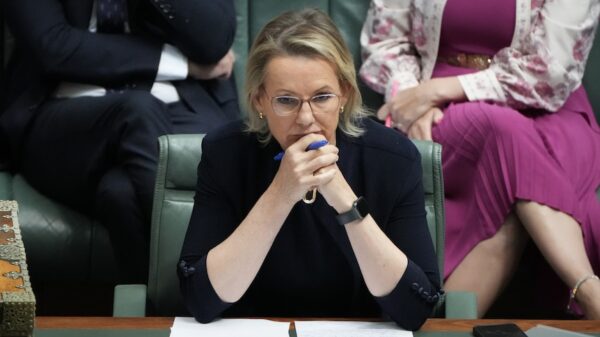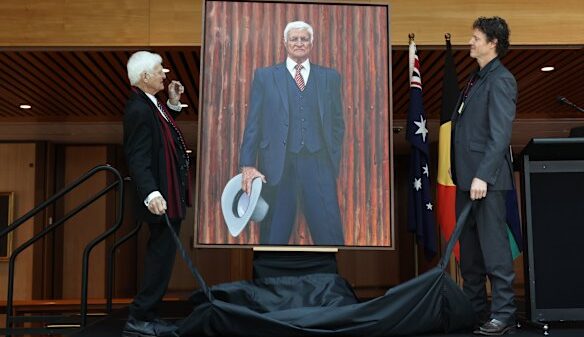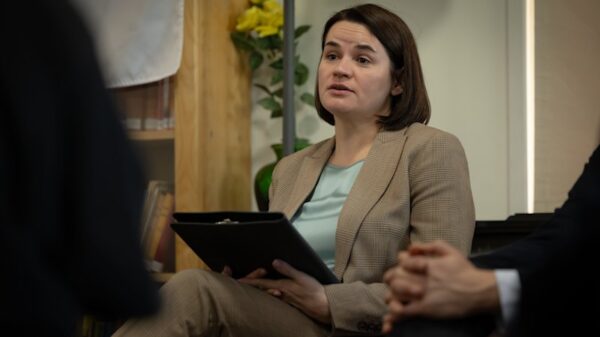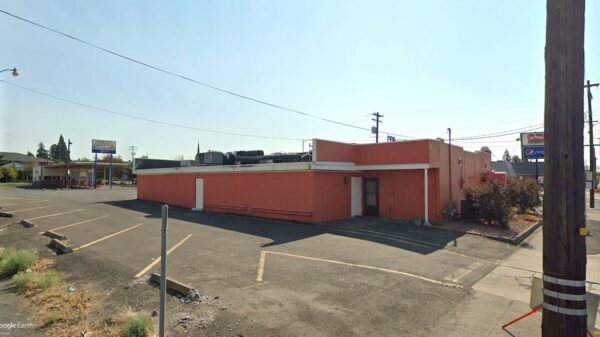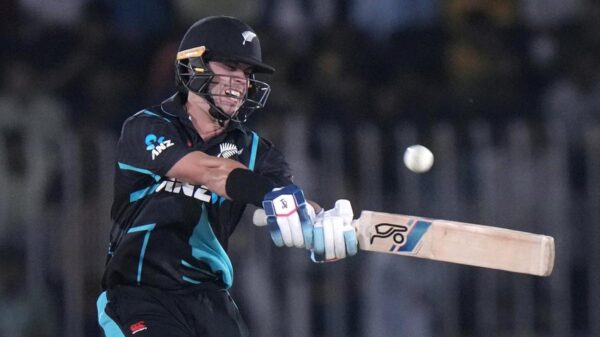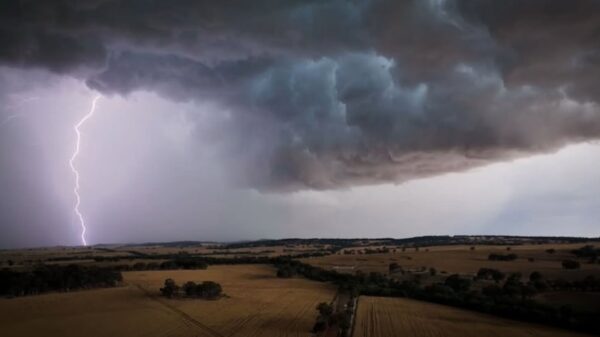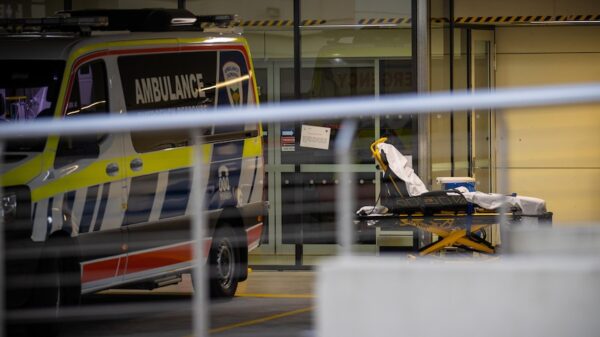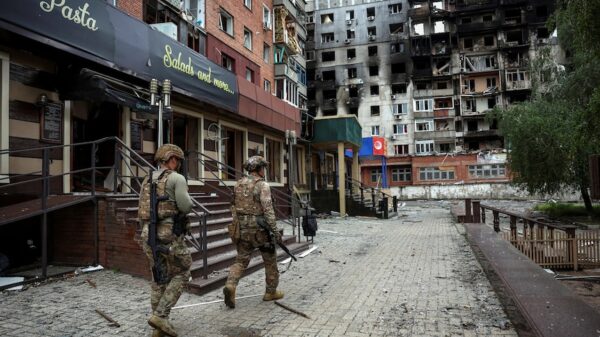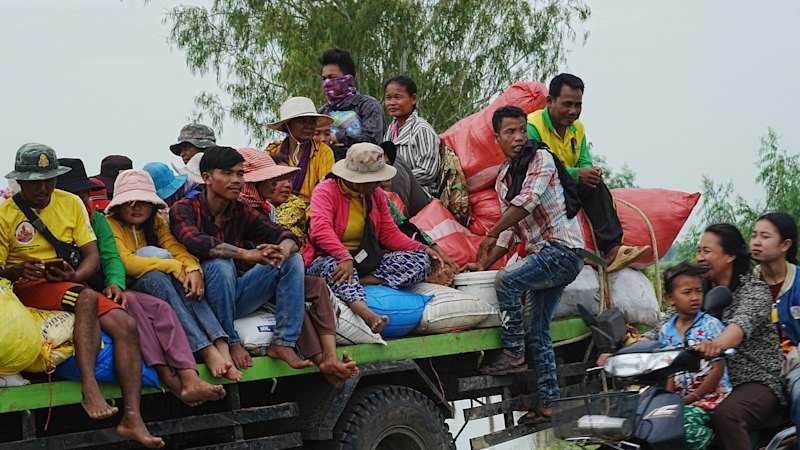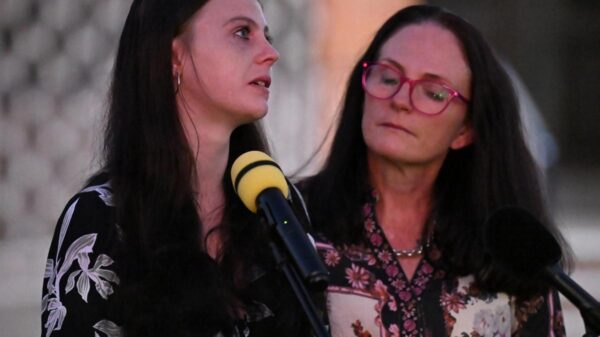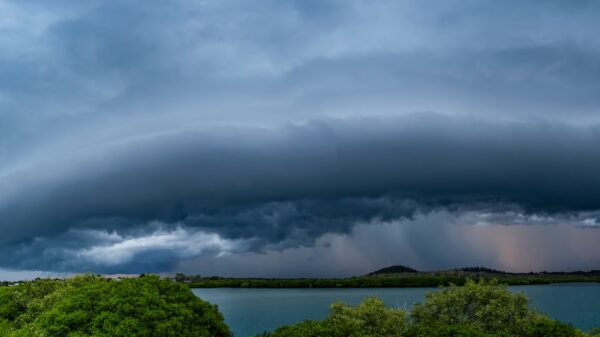Fighting between Thailand and Cambodia has escalated dramatically, with the death toll now reaching at least 32 as clashes continue along their shared border. The conflict, which began over a territorial dispute, has forced more than 130,000 people to flee their homes in search of safety. As of Saturday, the fighting had entered its third day, with new flashpoints emerging across the region.
Violence erupted following the killing of a Cambodian soldier in late May during a brief skirmish. Since then, tensions have exacerbated, leading to the most severe clashes between these Southeast Asian neighbors in 14 years. The Thai navy reported that fighting has now spread to the coastal province of Trat, situated more than 100 kilometres from previous conflict zones.
Thailand’s acting prime minister, Phumtham Wechayachai, expressed concern that the situation could escalate further, stating, “The clashes could develop into war.” Both nations have bolstered their military presence along the border, indicating a full-blown diplomatic crisis that threatens the stability of Thailand’s coalition government.
The conflict has unfolded at multiple sites along the border, where sovereignty has been disputed for over a century. Initial small arms fire has intensified into heavy shelling, with both sides accusing each other of targeting civilians. Reports indicate that Cambodian rockets have struck civilian areas in Thailand, including a hospital, while Cambodia claims a Thai F-16 jet bombed a road near the historic Preah Vihear Temple.
On the ground, the humanitarian impact is stark. In Thailand, at least 19 people, primarily civilians, have been killed, while Cambodia reported an additional 13 deaths. Numerous injuries have also been reported, with both nations calling for a ceasefire. Each side maintains that they acted in self-defense, urging the other to halt hostilities and engage in negotiations.
During an emergency meeting of the United Nations Security Council, which Cambodia convened, Thailand’s ambassador reported instances of landmine injuries on Thai territory, asserting that Cambodia launched attacks in response. Cambodia’s defense ministry countered these claims, accusing Thailand of initiating a “deliberate, unprovoked, and unlawful military attack.”
In an effort to mediate, the regional bloc of the Association of Southeast Asian Nations (ASEAN) has been called upon to help resolve the conflict. Malaysia, which currently chairs ASEAN, has urged both countries to cease hostilities and has offered to facilitate dialogue.
As the violence continues, the humanitarian crisis deepens. Villagers on both sides have been caught in the crossfire, with many seeking shelter in makeshift accommodations. Approximately 600 individuals have taken refuge in a gymnasium at a university in Surin, Thailand, located about 80 kilometres from the border. Evacuees have voiced their fears, with one woman recounting how she fled with her pets amid the sounds of shelling.
The situation remains fluid, with reports of deserted towns and villagers constructing makeshift bunkers to protect themselves from ongoing shelling. The longstanding disputes over jurisdiction along their 817-kilometre border, particularly regarding ancient sites like Ta Moan Thom and Preah Vihear, have fueled tensions for decades. The International Court of Justice awarded Preah Vihear to Cambodia in 1962, but disputes reignited in 2008 when Cambodia sought UNESCO recognition for the temple.
As international concern grows, both Thailand and Cambodia have received travel advisories from countries such as Australia and Britain, urging citizens to avoid certain border regions. The path to peace remains uncertain, with calls for dialogue overshadowed by escalating violence.



